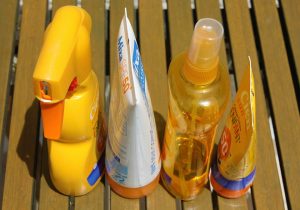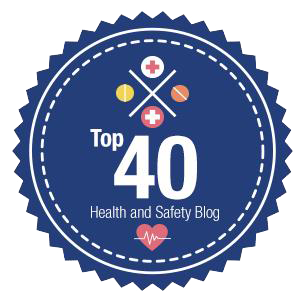With summer 2018 well under way, and having already brought heatwave weather conditions, now is a good time for employers to consider how to deal with dangers such as sunburn, skin cancer, dehydration and heat stress, in order to ensure safe and healthy working conditions for their outdoor workers.
Outdoor working — pros and cons
For many workers, being free from the confines of an office and working outdoors, particularly in warm weather, is a welcome perk of certain jobs in the construction, leisure, entertainment, agriculture, sports and horticulture industries. However, the warm summer months pose certain risks to outdoor workers, which need to be adequately managed, just like any other health and safety risk.
Exposure to sunlight should not be viewed as unhealthy per se — it is well known that people need some sunshine to make enough vitamin D to build and maintain strong bones. However, sunlight contains ultraviolet radiation and too much sunlight can result in sunburn. Damage from sunburn can also have serious long-term effects, and frequent exposure to ultraviolet radiation for long periods of time increases the risk of developing skin cancer. Statistically, outdoor workers have higher risks of skin cancer than other workers due to longer periods of exposure and they are considered a high risk group in this regard.
Therefore, it is necessary to achieve a balance between sufficient sunlight and overexposure. It is not possible to give a one size fits all recommendation regarding the “safe” level of sunshine exposure as each individual will be different. Furthermore, skin cancer and sunburn are not the only risks to consider — there is also dehydration and heat stress, for example, both of which can be fatal. The key is to have in place a comprehensive outdoor working policy, able to cater for each individual outdoor worker and the range of potential risks.
Dehydration and heat stress
Sunburn and skin cancers are not the only risks associated with outdoor work. Two other issues to consider are dehydration and heat stress. Symptoms of dehydration in outdoor workers might include indicators such as fatigue, poor concentration, fainting or headaches. In the worst-case scenario however, dehydration and heat stress can kill, as reported in the July 2013 case of three soldiers who died following a training exercise in the Brecon Beacons on an extremely hot day. The role of personal protective equipment is a particular factor to consider in relation to heat stress. On a hot day, someone wearing protective clothing and performing heavy work in hot and humid conditions could be at increased risk of heat stress. Ultimately, if the body is gaining more heat than it can lose, the deep body temperature will continue to rise. Eventually it reaches a point when the body’s control mechanism itself starts to fail.
The HSE says that when carrying out a heat stress risk assessment, the major factors to consider are:
- the work rate, since the harder someone works, the greater the body heat generated
- the working climate, including air temperature, humidity, air movement and heat sources
- worker clothing and respiratory protective equipment which may impair the efficiency of sweating and other means of temperature regulation
- the worker’s age, build and medical factors, which may affect an individual’s tolerance.Weather statistics show growing trends towards warmer winters, changing rainfall patterns and hotter summers in the UK, and balmy summer days will doubtless always be enjoyed by outdoor workers as a pleasant change from the chill and rains of winter. With effective health and safety planning, outdoor workers are sure to enjoy a pleasant, but also, healthy and safe summer outdoor working environment.
- The HSE warns that dehydration can seriously affect an employee’s ability to function safely when under thermal stress. However, the effects of dehydration can be minimised in heat stress situations by encouraging employees to frequently drink cool water to compensate for losses due to sweating. Water points and rest areas, the safety watchdog says, should be sited in the shade.
Contact us should you require assistance.










